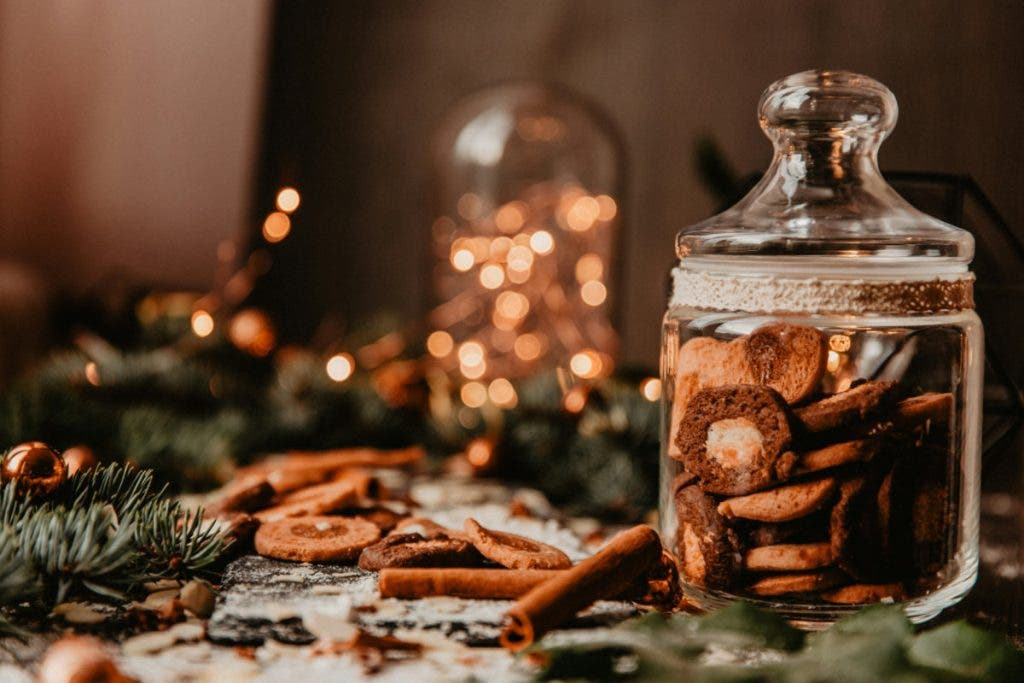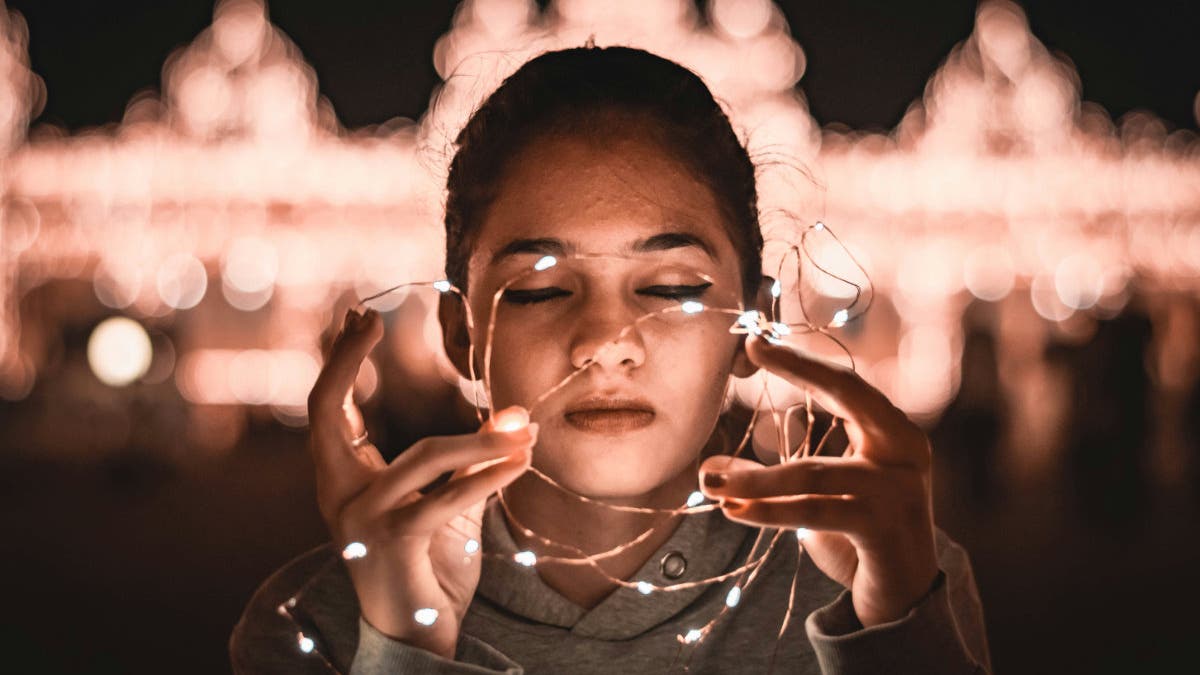Capturing mesmerizing photos in low-light conditions can be challenging. Still, with the right tips and techniques, you will soon be mastering low-light photography and taking your images to the next level. Whether you’re shooting indoors, at dusk, or under the starry night sky, here are some simple yet effective strategies to help you achieve stunning results:
Use a Fast Lens
Investing in a lens with a wide aperture (low f-stop number like f/1.8 or f/2.8) allows more light to enter your camera, enabling you to shoot in low-light situations without sacrificing image quality. Prime lenses are particularly great for low-light photography as they generally have wider maximum apertures.
7artisans Photoelectric 25mm f/1.8 Lens for Sony E-mount cameras is a compact and lightweight prime lens designed for photographers seeking versatility and high-quality images. With its fast f/1.8 aperture, this lens excels in low light conditions, allowing for beautiful bokeh and excellent subject isolation.
Canon EF 50mm f/1.2L USM Lens stands out as a quintessential example of a fast lens in the Canon lineup. Renowned for its exceptional optical performance and wide maximum aperture of f/1.2, this prime lens is a favorite among photographers seeking stunning low-light capabilities and shallow depth-of-field effects.
TTArtisan 40mm f/2.8 Macro Lens for Sony E-mount cameras is a versatile option for low-light photography enthusiasts. Despite its compact size, this lens packs a punch with its f/2.8 aperture, allowing ample light to enter the camera sensor even in dimly lit environments.

Adjust ISO Sensitivity
Adjusting ISO sensitivity is a crucial aspect of low-light photography that can significantly impact the quality of your images. When shooting in low light conditions, increasing the ISO sensitivity on your camera allows it to become more light-sensitive, enabling you to capture properly exposed photos without relying solely on longer exposure times. However, it’s essential to strike a balance between achieving a high enough ISO for adequate exposure and avoiding excessive digital noise, which can degrade image quality.
Start by selecting a moderate ISO setting, such as ISO 800 or 1600, and adjust it based on the available light and desired shutter speed. Keep in mind that higher ISO settings introduce more noise, so aim to use the lowest ISO possible while still maintaining proper exposure. Additionally, noise reduction techniques should be considered during post-processing to minimize any unwanted artifacts caused by higher ISO settings. By mastering the art of adjusting ISO sensitivity, you can effectively capture stunning low-light photographs with clarity and minimal noise.
Stabilize Your Camera
Longer exposure times are often necessary in low light, which increases the risk of blurry photos due to camera shake. Use a tripod to keep your camera steady, especially when shooting at slower shutter speeds. If you don’t have a tripod, stabilize your camera by bracing it against a stable surface or using your body as support.
DJI Ronin-SC Gimbal Stabilizer is a game-changer for photographers looking to capture stunning low-light images with smooth and steady footage. This lightweight and compact gimbal is designed to support mirrorless cameras and offers precise stabilization even in challenging lighting conditions.
DJI RS 3 Pro Combo Gimbal Stabilizer is a powerful tool that revolutionizes low-light photography. It offers professional-grade stabilization for capturing stunning images in challenging lighting conditions. With its advanced stabilization algorithms and robust design, the RS 3 Pro Combo provides ultra-smooth movement and precise control, ensuring steady shots even in low-light environments.
Zhiyun WEEBILL-S Handheld Gimbal Stabilizer is an exceptional tool for photographers navigating low-light conditions. It offers unparalleled stability and versatility. Designed with a compact and lightweight build, the WEEBILL-S provides effortless portability without sacrificing performance.

Experiment with Shutter Speeds
Experimenting with shutter speeds is a fundamental aspect of mastering low-light photography. In dimly lit environments, adjusting the shutter speed allows for precise control over the amount of light entering the camera sensor. Slower shutter speeds, typically ranging from 1/30th of a second to several seconds or more, enable photographers to capture more light, making them ideal for low-light conditions. However, balancing a slow shutter speed for proper exposure while avoiding camera shake and motion blur is essential.
Alternatively, faster shutter speeds freeze motion but may require higher ISO settings or wider apertures to compensate for reduced light. By experimenting with different shutter speeds, photographers can achieve a variety of artistic effects, from capturing the subtle movement of city lights to creating dreamy, long-exposure shots of star trails or flowing water. With practice and patience, mastering the art of shutter speed in low-light photography opens up a world of creative opportunities, allowing photographers to tell captivating stories through their images.
Utilize Manual Focus
In low-light photography, using manual focus can be a game-changer, offering photographers greater control and precision over their images. Manual focus provides a reliable alternative for ensuring sharp and accurately focused shots when autofocus systems struggle to lock onto subjects in dimly lit environments. By manually adjusting the focus ring on the lens, photographers can fine-tune the focus to suit their creative vision, especially when capturing subjects with intricate details or shooting in challenging lighting conditions.
Sigma 100-400mm f/5-6.3 DG DN OS Contemporary Lens for L Mount is a versatile telephoto zoom lens with excellent low-light photography capabilities. Despite its long reach, this lens maintains a relatively fast aperture range, allowing photographers to capture images in challenging lighting conditions effectively.
Rokinon 21mm f/1.4 Manual Focus Lens for Sony E Mount Nex Series Mirrorless Cameras is a powerful tool for low-light photography enthusiasts seeking exceptional image quality and creative versatility. With its wide f/1.4 aperture, this lens excels in dimly lit environments, allowing photographers to capture stunning images with outstanding sharpness and clarity, even in challenging lighting conditions.
Tokina SZ PRO 900mm f/11 Reflex MF CF Lens for Canon EF-M offers a unique option for low-light photography enthusiasts. Despite its fixed f/11 aperture, this reflex lens provides an impressive 900mm focal length, allowing photographers to capture distant subjects with remarkable detail, even in challenging lighting conditions.
Use Available Light Sources
Utilizing available light sources is a fundamental technique for mastering low-light photography. It offers photographers an array of creative opportunities to capture stunning images in challenging lighting conditions. Whether shooting indoors or outdoors, natural or artificial light sources such as street lamps, candles, or even the moon can be harnessed to illuminate subjects creatively.
Understanding how to leverage these light sources effectively is key to achieving compelling results. Experimenting with different angles, compositions, and exposures allows photographers to manipulate available light to their advantage, adding depth, mood, and dimension to their images. By embracing available light sources, photographers can infuse their photographs with a sense of atmosphere and authenticity, capturing the beauty and ambiance of low-light environments with striking clarity and impact.

Consider Long Exposure Techniques
Embrace the magic of long-exposure photography to capture stunning light trails, starry skies, or smooth water effects. Using a tripod and longer shutter speeds, you can create captivating images that showcase the beauty of low-light environments.
Takama 3-section Aluminum Video Tripod with Damping Fluid Head is an indispensable tool for photographers looking to master long exposure techniques in low light conditions. With its sturdy construction and damping fluid head, this tripod provides exceptional stability and smooth panning movements, essential for capturing sharp and well-exposed images during long exposure photography.
Slik Sprint 150 4-Section Aluminum Tripod with SBH-150DQ Ball Head is an excellent companion for photographers looking to excel in long exposure techniques, particularly in low light settings. Its lightweight yet durable aluminum construction makes it easy to carry around, ensuring photographers can set up quickly and securely wherever they go.
Manfrotto Befree 3-Way Live Advanced 4-Section Tripod with Befree 3-Way Live Head is an exceptional tool for photographers seeking to master long exposure techniques in low light conditions. Engineered with precision and versatility in mind, this tripod provides unparalleled stability and control, essential for capturing sharp and well-exposed images during extended exposure times.
Shoot in RAW
In low light situations, where achieving the perfect exposure can be particularly challenging, shooting in RAW provides the latitude to recover details from shadows, adjust highlights, and fine-tune overall image brightness without sacrificing image quality. Additionally, RAW files retain more color information compared to JPEGs, enabling photographers to achieve more accurate and vibrant colors in their low-light images. While RAW files require more storage space and post-processing effort, the flexibility they offer is invaluable for capturing stunning low-light photographs with optimal clarity, detail, and dynamic range.
Practice, Patience, and Persistence
Mastering low-light photography takes time and practice. Don’t be discouraged by initial failures or imperfect shots. Keep experimenting, learning from your mistakes, and refining your techniques to develop your skills and capture breathtaking images in any lighting condition.
Applying these simple tips and techniques can elevate your low-light photography game and unlock a world of creative possibilities. So grab your camera, embrace the darkness, and let your creativity shine through in every shot!






